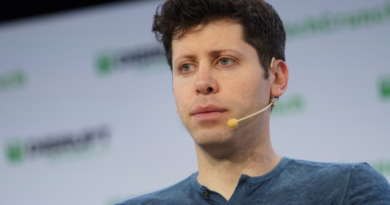Report indicates friction prior to Bret Taylor’s resignation from Salesforce

It seems that maybe Salesforce co-founder and CEO Marc Benioff was protesting a bit too much when he gave what seemed like a genuinely heartfelt goodbye to his protégé, Bret Taylor, last week, insisting to anyone who would listen that he was heartbroken to lose his friend and mentee.
That might not be the whole story. The Wall Street Journal reported yesterday that there was tension between the two executives over Taylor’s role as co-CEO and his other job as Twitter board chair, a role he held until the end of October, when Elon Musk took over as owner and dissolved the board.
Certainly, the oddest part of the report was that people told the WSJ that Benioff was upset that Taylor wasn’t spending enough time on engineering and too much time with other CEOs and customers, a role that you would think Benioff would want his co-CEO to take on.
This was precisely the kind of thing that former co-CEO Keith Block brought to the job before he left the company in 2020. One would think that if the reason for Taylor’s departure was frustration at being unable to build something, engineering would be where he’d be spending the majority of his time.
The report went on to suggest that people were confused about which co-CEO to report to, which throws into focus the whole idea of the co-CEO role. As former Salesforce executive and current founder and CEO of Skyflow, Anshu Sharma, told TechCrunch earlier this week, it’s not really a role at all.
“What the fuck is a co-CEO and why do you need one? Well, I mean, you have a CEO and four other CXOs. What does a co-CEO wake up in the morning and do that’s not already being done by a CEO?” he asked.
It’s a fair question, and if the WSJ report is accurate, it seems that people inside Salesforce, including Benioff himself, had trouble figuring it out.
It also begs the question of whether those were just crocodile tears from Benioff at the announcement last week. It sure sounds like Taylor’s decision to leave wasn’t just because he had a hankering to return to building, as we had been led to believe.
We sought comment from Salesforce, but the company did not respond to our request by the time of publication. Should that change, we will update the post.




